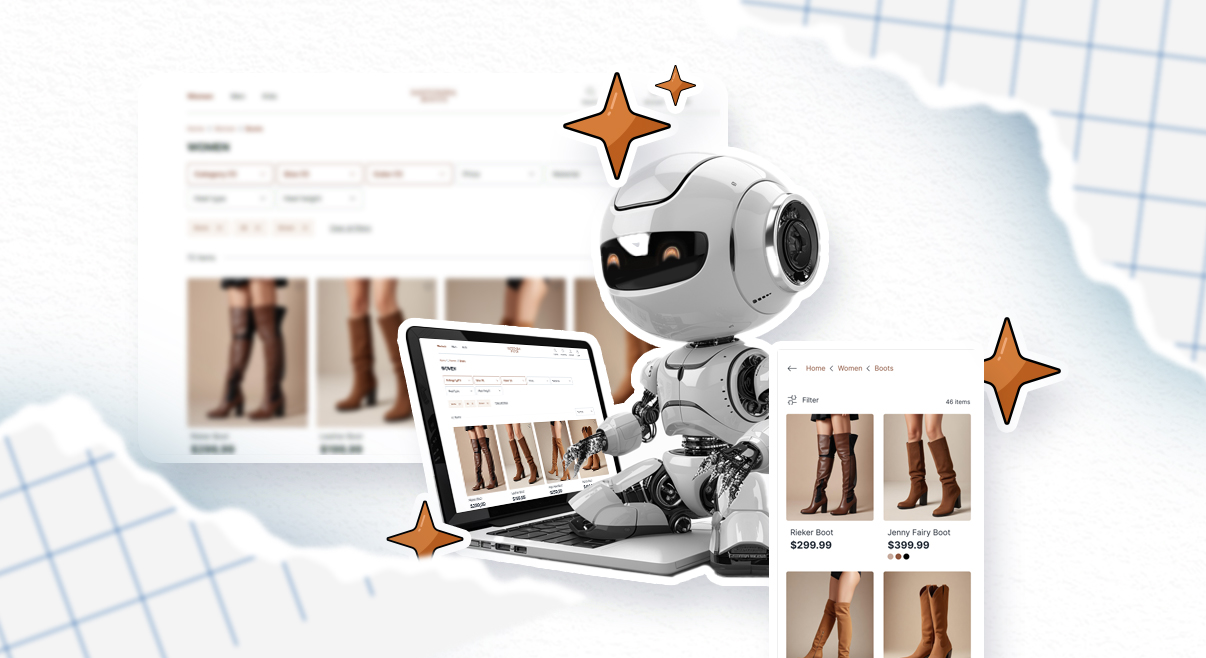Knowledge Base » Articles
5 AI Generated Description Tools for E-commerce
As the fashion e-commerce sector gets more competitive, using creative technologies to streamline procedures and enhance consumer experience is absolutely vital. One key area is product descriptions. AI generated description tools can significantly speed up work in e-commerce.
How to Increase Fashion eCommerce Conversion with Styling AI
Standing out and increasing conversions may be rather difficult in the busy realm of fashion eCommerce. But the arrival of artificial intelligence fashion stylists is transforming consumer involvement techniques and increasing revenues. Styling AI can revolutionize your fashion e-commerce company and improve client involvement as follows.
Top 3 Benefits of PLM in the Retail Industry
Retail is full of challenges, both product- and customer-related. Product Lifecycle Management (PLM) can be a great help in facing them. Find out about 3 major benefits of PLM in the retail industry.
Introduction to AI for E-commerce
Big changes are coming to the ecommerce business thanks to AI development. There are many signs that the way people buy things will soon be different from how they do it now. Companies can do more creative stuff for their customers than ever before, thanks to the rise of generative AI for ecommerce.
How AI Fashion Design Increases Order Value
AI has shaken up the entire technology world. It did not pass by the world of retail, naturally including the fashion industry. Industry specialists were thinking about how best to react to customer expectations, and now they might get their answer.
Top 3 Key Takeways in Retail Tech
In the retail industry, it is essential to stay ahead. Here is a glimpse into some of the technologies that are reshaping the retail experience.
Ways for obtaining feedback from customers in retail
In our last discussion, we talked about the critical role of customer feedback in the home decor sector. Today, let's explore methods to capture feedback across the retail industry.
The role of customer feedback in Home Decor Industry
The home decor industry values both stunning design and meeting customer needs. Customer feedback is a valuable resource that provides insights to enhance product lines.
How AI is changing design and creative work
At SilkPLM, We look with interest at the impact of AI on designing, and both, creative, and analytical work. We recently delved into Fred Nicolaus's insightful article in Business of Home called "How to use AI to improve your design business" and want to share some thoughts.
How PLM helps manage packaging in retail industry?
Packaging management can be streamlined and optimized with the help of Product Life Cycle Management (PLM) systems. PLM can assist in designing and developing packaging that accurately reflects the brand's identity, while meeting industry standards.












